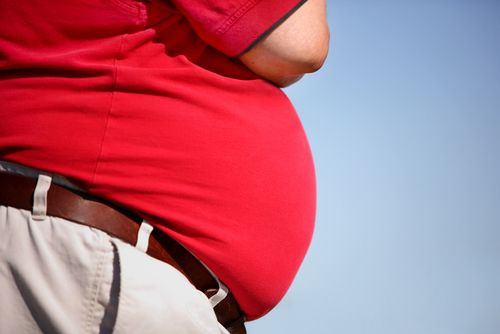Food Companies' Pledge To Cut Trillions Of Calories Hits Bump In The Road; Americans Still Getting Fatter

Back in January, the first progress report from the Healthy Weight Commitment Foundation (HWCF) revealed that 16 of the leading food companies in the United States had successfully cut 6.4 trillion calories out of the U.S. marketplace. An independent report published in the American Journal of Preventive Medicine has revealed that the HWCF’s initial success in the fight against obesity may be waning due to a lack of weight loss among Americans. This latest finding could prove once and for all that calories are not as big a problem as sugar and physical inactivity.
According to the Centers for Disease Control and Prevention, 16.9 percent of children between the ages of 2 and 19 were considered obese in 2007-2008, that figure was the same in 2011-2012. While 34 percent of adults were considered obese in 2007-2008, that figure actually increased to 35 percent in 2011-2012. The first pillar of the HWCF’s goal after partnering with the Partnership for a Healthier America in 2010 was to dramatically reduce the obesity prevalence in the U.S. by 2015, a goal that seems to be dwindling despite a significant calorie reduction.
Although the HWCF’s contribution to cutting 78 calories per person per day should be considered a progressive step in the fight against obesity, it is becoming clearer and clearer that this fight needs more weaponry. Companies taking part in the HWCF, including Campbell Soup Co., General Mills Inc., Kellogg Co., PepsiCo Inc., and Coca-Cola Co., were responsible for 36 percent of all calories found on supermarket shelves in 2007. It is no secret that companies like PesciCo and Coca-Cola also account for a large portion of sugar sold in the U.S. marketplace. More and more evidence seems to suggest that sugar, not calories, fat, or carbs, is the real enemy of weight loss.
The Dietary Guidelines for Americans, 2010 recommended that no more than five to 15 percent of calories should come from solid fats and added sugars. Between 2005 and 2010 around 13 percent of adults’ total caloric intakes came from added sugars. One-third of calories from added sugars came from beverages among adults, while 40 percent of added sugars came from beverages in children and adolescents. The majority of these calories from added sugars were consumed in the home rather than out, meaning they came from food purchased at the supermarket.
Even though these companies have pledged to do their part in stimulating much needed weight loss among Americans, the burden ultimately falls on America itself. Dieting fads come and go, but people looking to lose weight are constantly reminded that physical activity is the first step in any successful weight loss program.
Unfortunately, less than half of U.S. adults meet the 2008 Physical Activity Guidelines (at least two and a half hours of physical activity a week) and less than three out of every 10 high school students get at least 60 minutes worth a physical activity a day. In order for Americans to avoid weight gain, they must put forth their own effort and not just rely on campaigns like the HWCF.



























